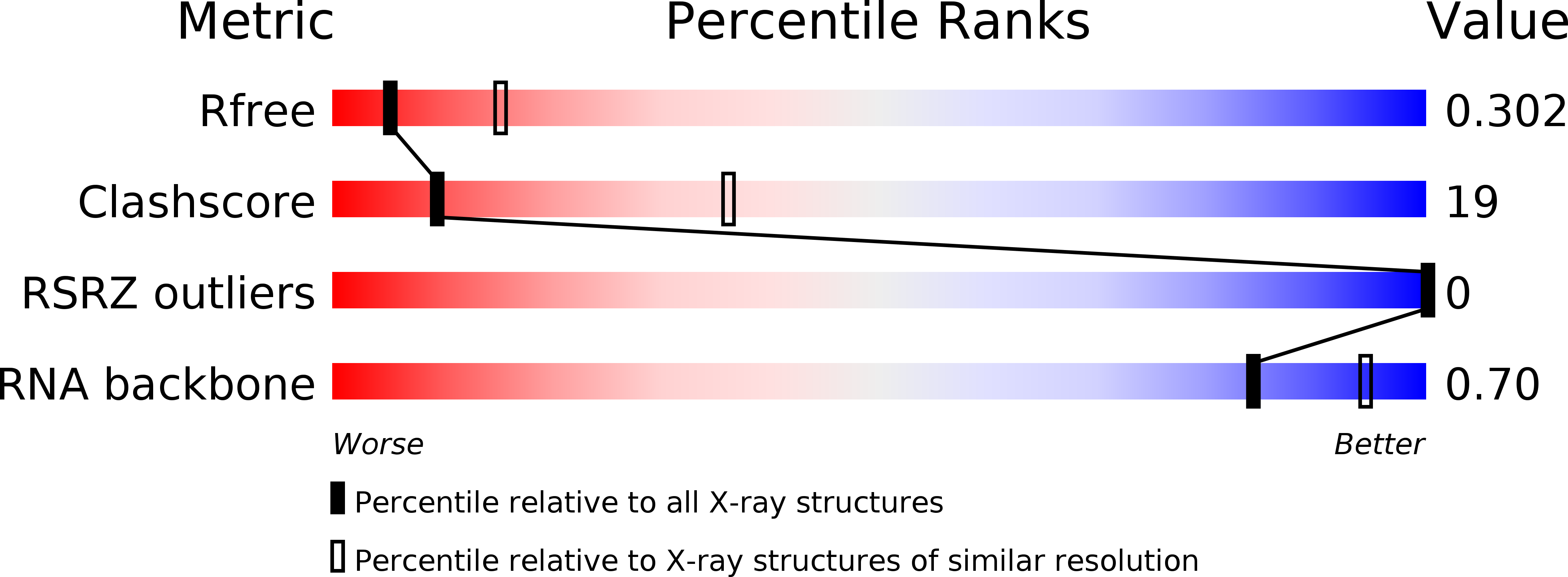
Deposition Date
2015-07-15
Release Date
2016-01-13
Last Version Date
2024-05-08
Entry Detail
PDB ID:
5CKI
Keywords:
Title:
Crystal structure of 9DB1* deoxyribozyme (Cobalt hexammine soaked crystals)
Biological Source:
Source Organism:
synthetic construct (Taxon ID: 32630)
Method Details:
Experimental Method:
Resolution:
2.99 Å
R-Value Free:
0.31
R-Value Work:
0.25
R-Value Observed:
0.25
Space Group:
P 43 21 2


